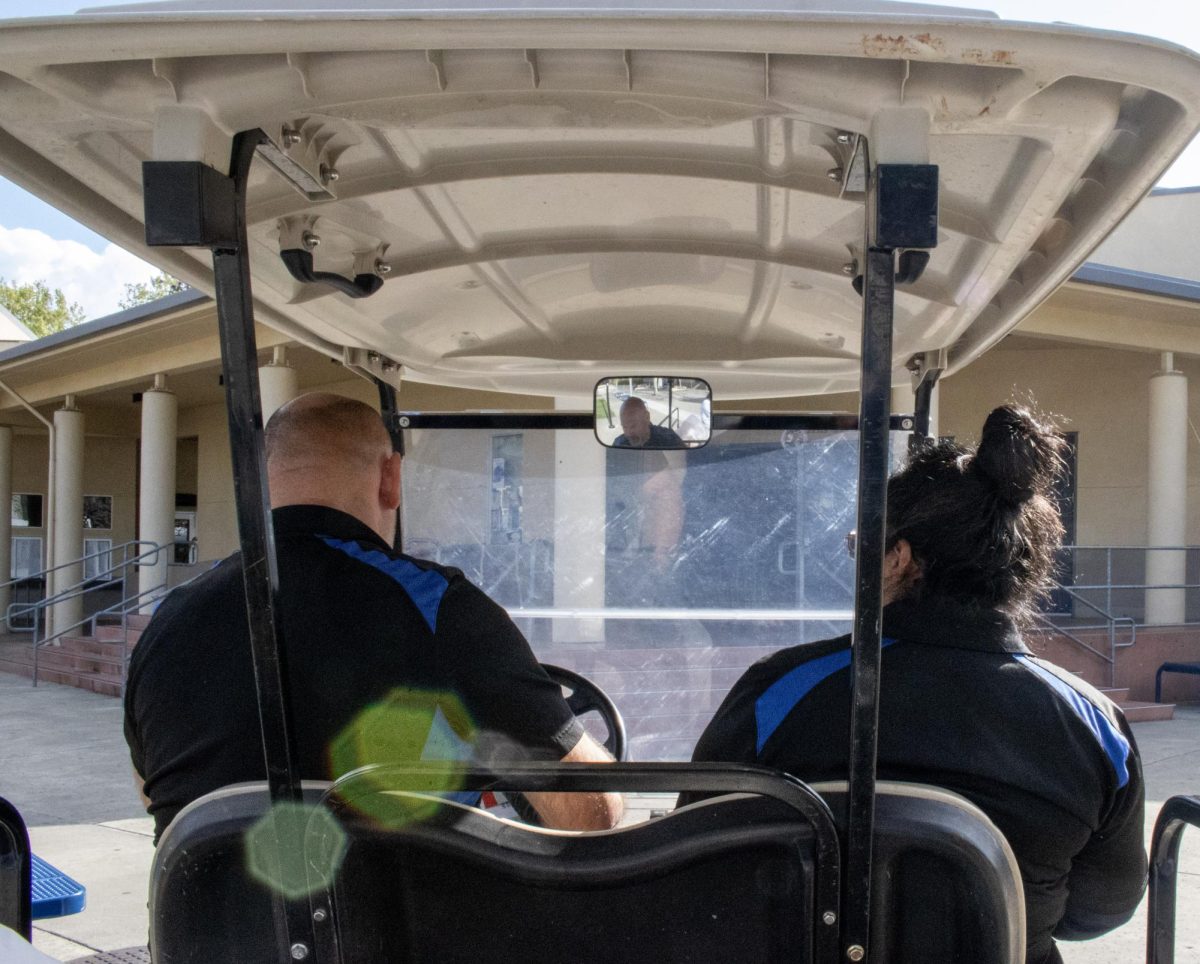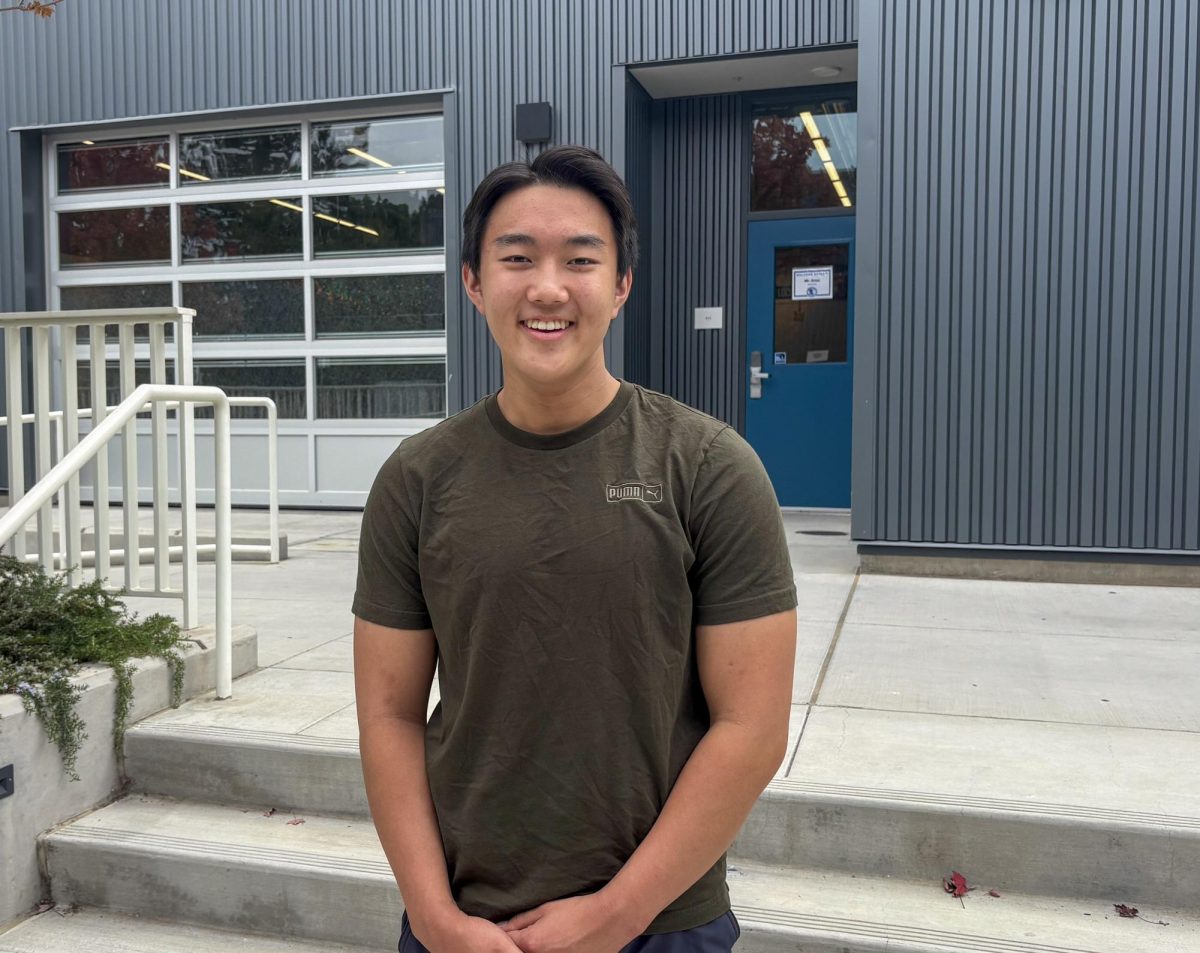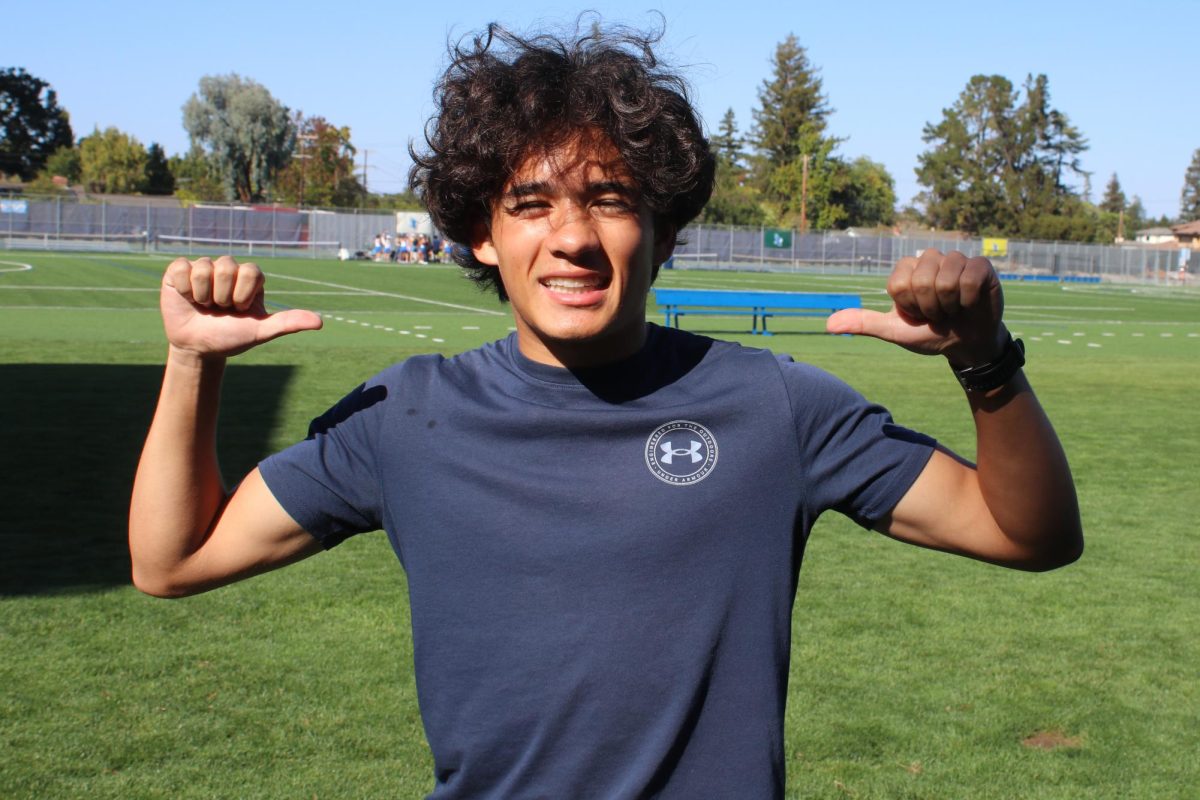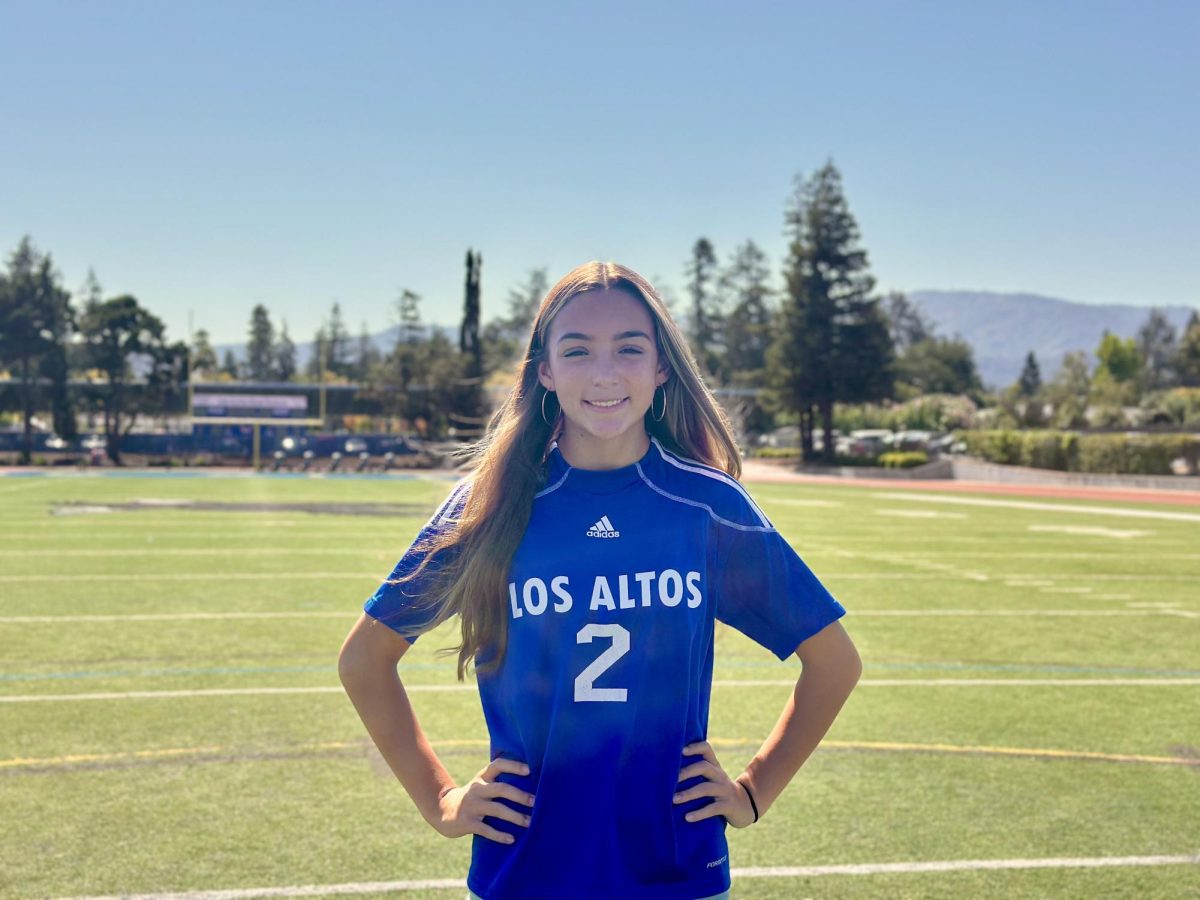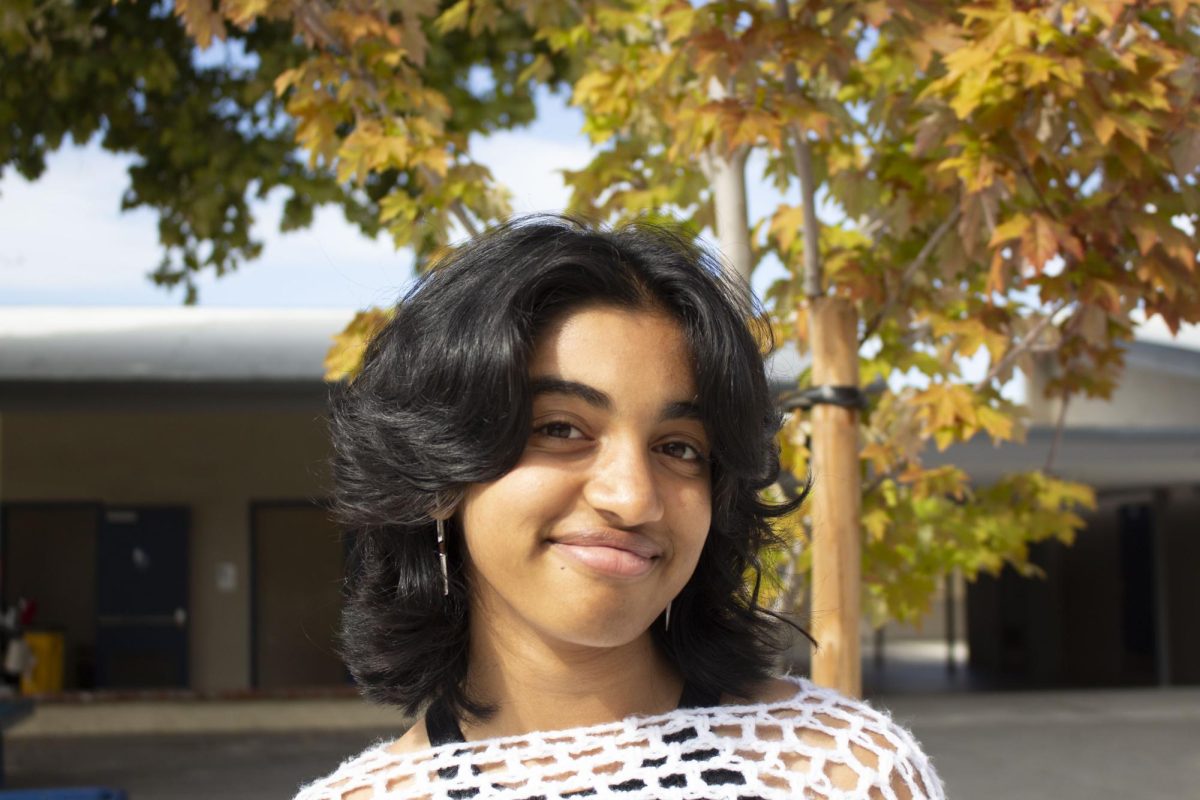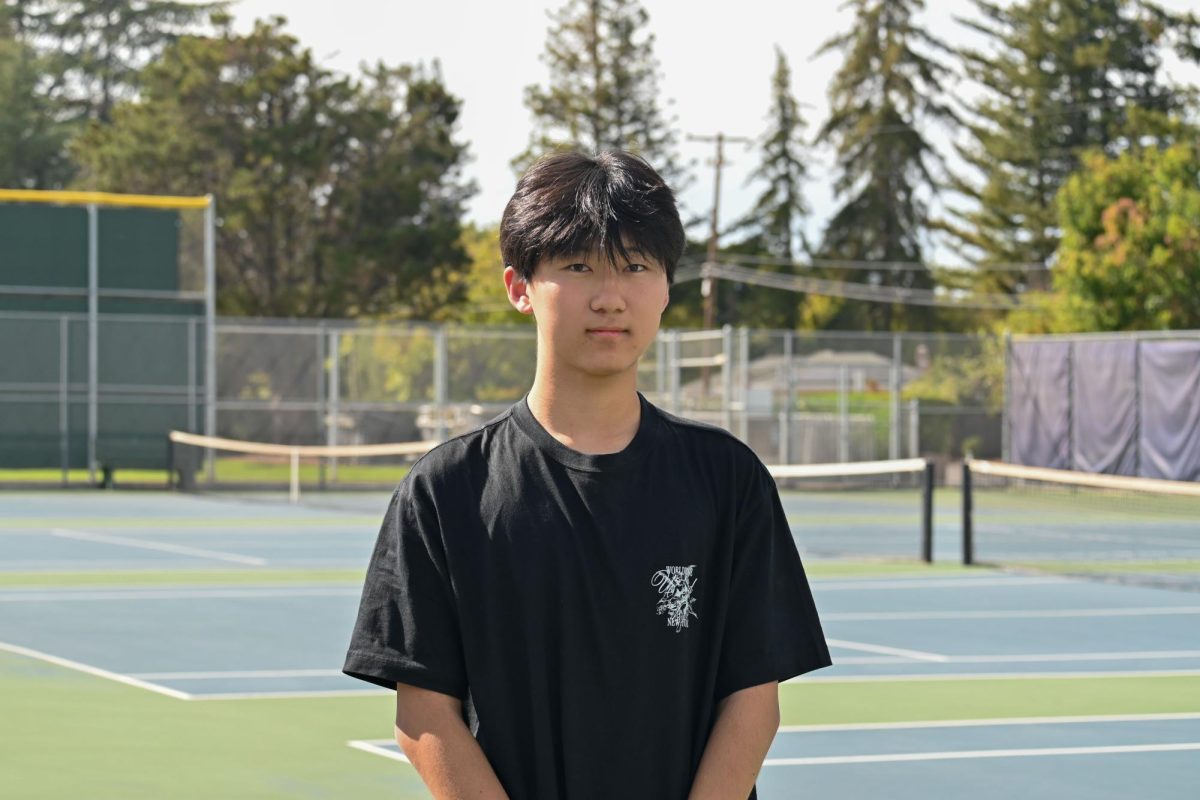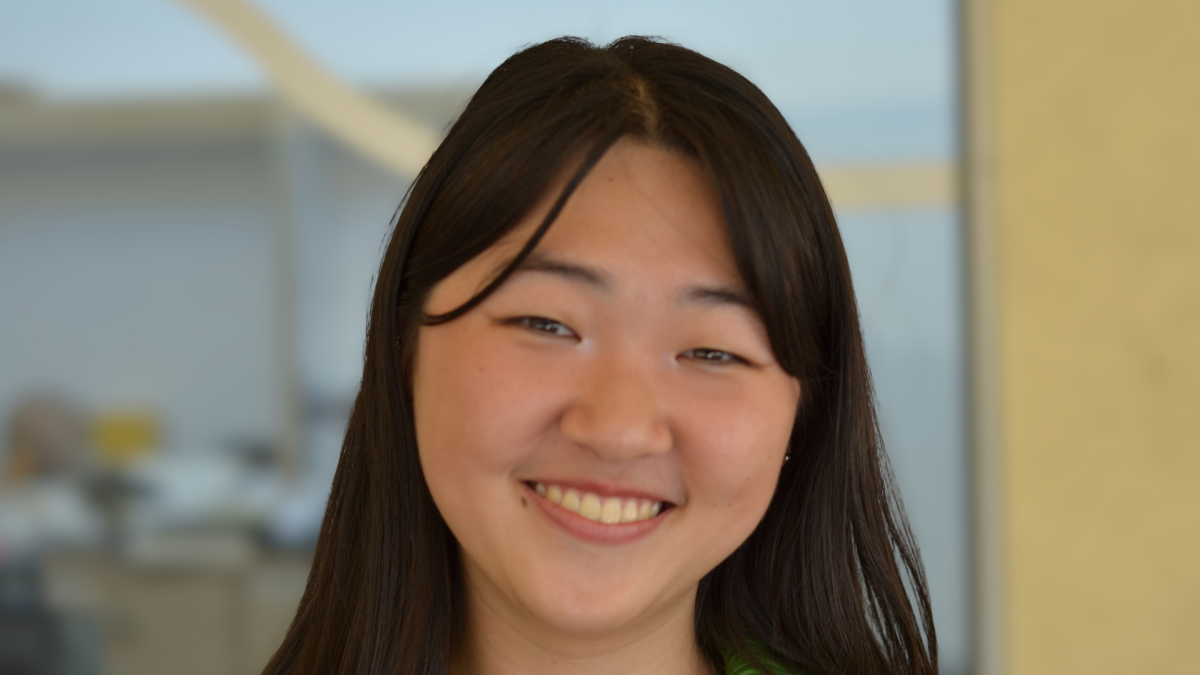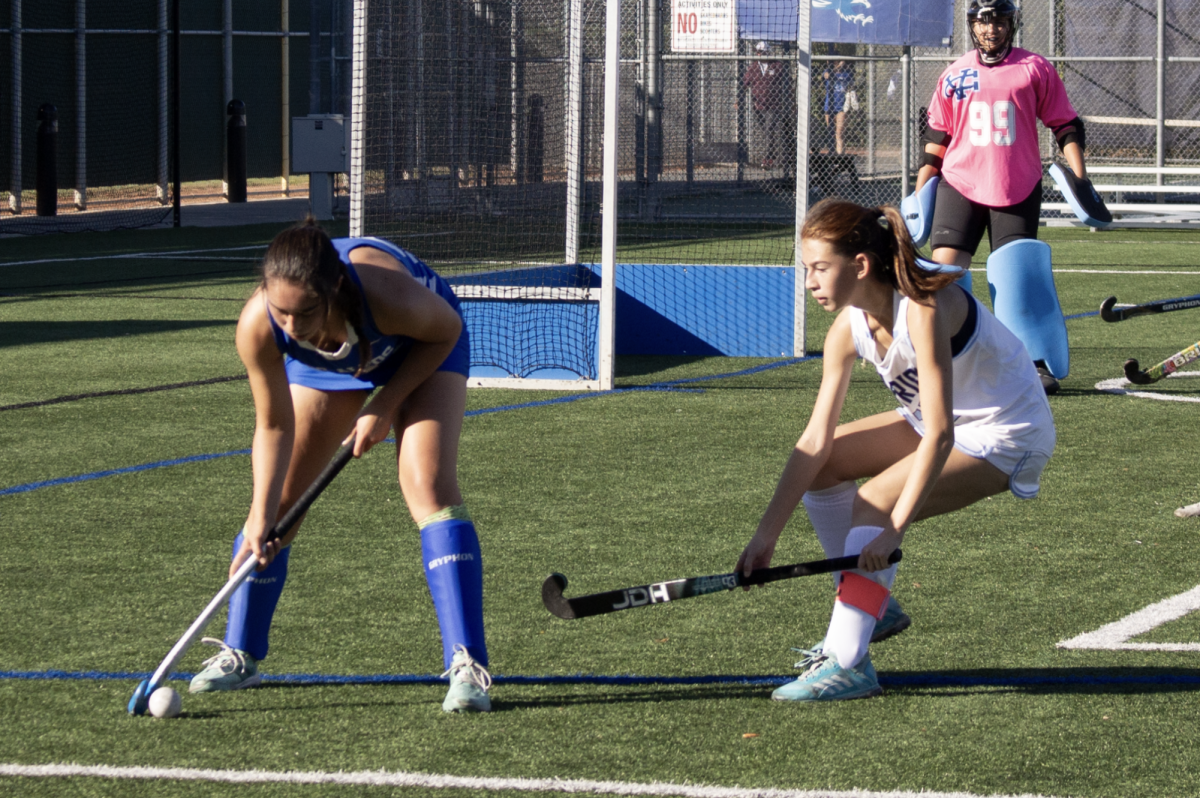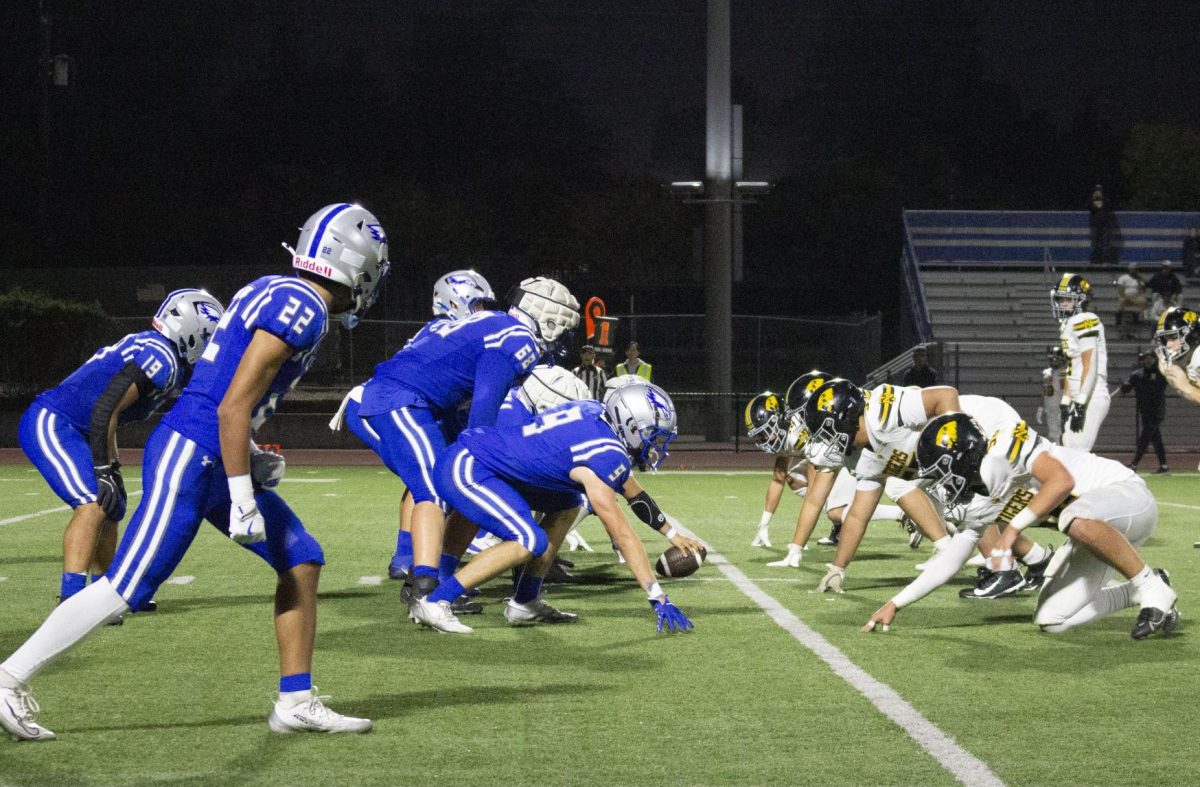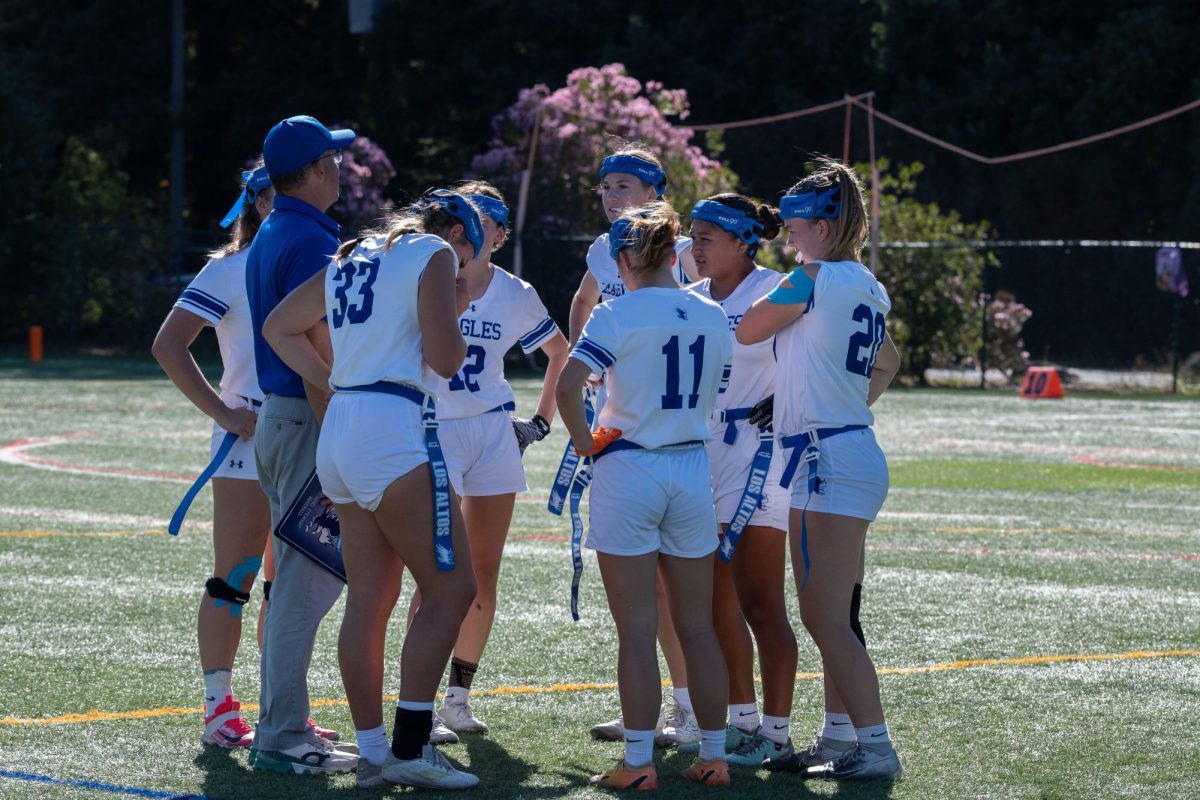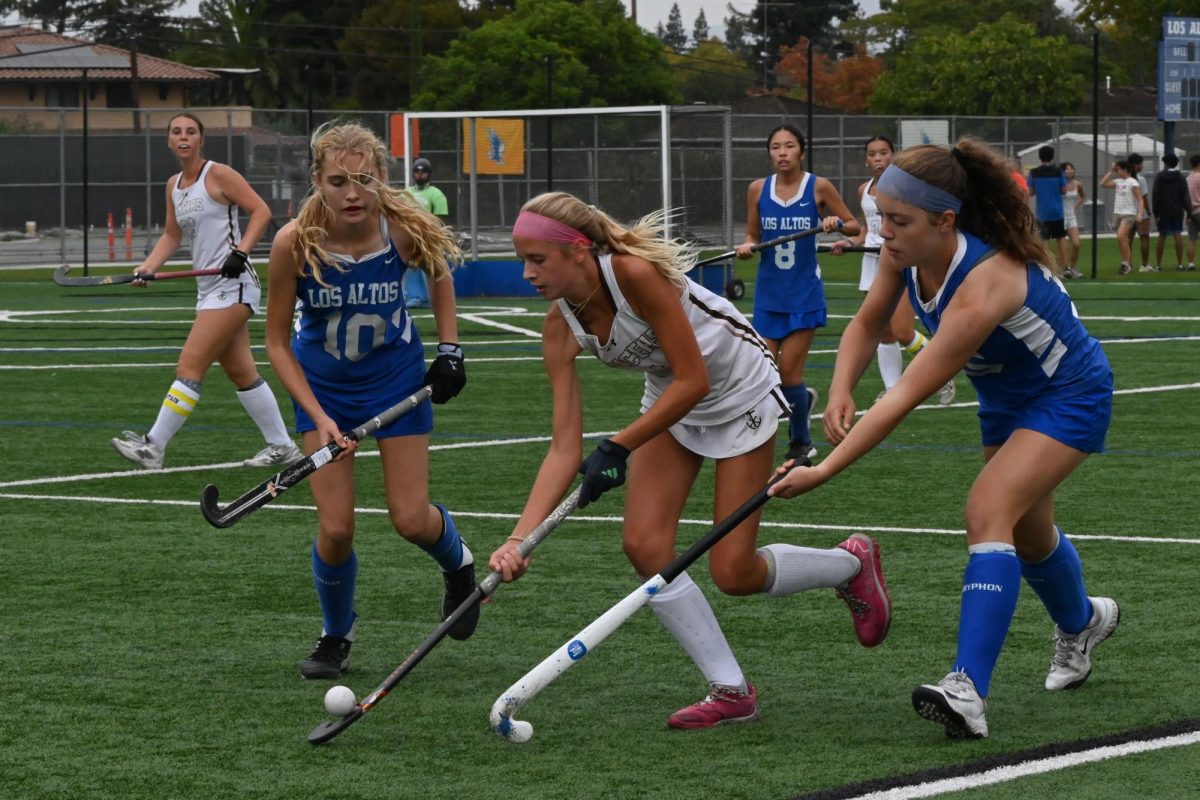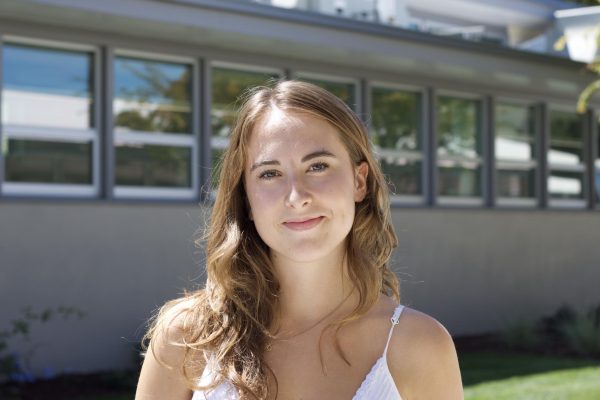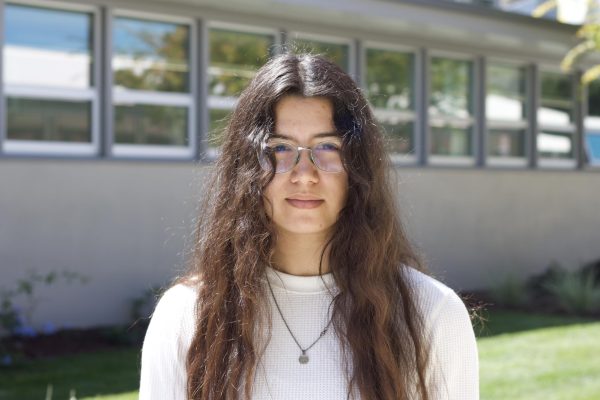Lee este artículo en español: https://lahstalon.org/la-columna-vertebral-de-la-escuela-conoce-al-equipo-de-mantenimiento-de-lahs/
The foundation of Los Altos High School is its dedicated maintenance crew: who work tirelessly behind the scenes to keep things running. Everything on campus is made possible by their presence — even if it goes unnoticed by some.
Day in the life
The Talon reporters spent an afternoon with the custodial staff to gain a better understanding of their work. Remaining details are taken from interviews.
Eight custodians and three groundskeepers make up LAHS’ maintenance crew, broken up into two shifts: Morning and night. They are often the first to arrive and last to leave campus.
Lead custodian Martin Acosta wakes up at 4 a.m. every day. By 5:30 a.m., he’s on campus opening and unlocking gates, doors, and elevators.
The groundskeepers — Salvador Ortega, and brothers Gerardo Ortega and Hector Ortega — arrive next. Their work focuses on landscape maintenance: Cutting grass, blowing leaves, and watering shrubbery and trees.
“I brought my family from Southern California,” Assistant Principal Derek Miyahara said. “They went out onto the quad and they said, ‘It’s like a park!’ That’s a testament to the work of the grounds and the custodial folk.”
By the time students arrive, the campus is ready for a day of instruction — and more tidying up. The rest of Acosta’s shift is spent cleaning new messes made throughout the day. During brunch and lunch, you may find him in the quad picking up the trash and food students leave.
Working the morning shift as the only custodian can be solitary, but Acosta doesn’t feel alone — he often collaborates with the groundskeepers.
“It’s normal for us to work and separate, but when there is something to do, we all come together,” Acosta said. “So we’re not isolated.”
For the groundskeepers, daily tasks vary. On days with sports events — nearly every day — they ensure the fields are clean and regulation lines are visible. Sometimes, this means spray painting new lines. When strong winds leave branches and other debris on the ground, they may be asked to clear them.
“I enjoy doing everything,” Gerardo Ortega said.
When 2:30 p.m. hits, the morning crew return home to their families. A Lead Custodian David Chavez picks up where Acosta left off. He pilots the afternoon maintenance crew: David Arias, Adriana Bonilla, Cesar Vargas, Sarai Pulido, Martin Manzanarez, and Arturo Frutos Duran.
Each crew member has a route: A section of the school which they clean daily. Additionally, like the groundskeepers, they help set and clean up sports events, place and put away chairs, and clear the bleachers.
Bonilla arrives on campus at 2:30 p.m. after her lengthy commute from Tracy. She typically begins her shift by replacing the used trash bags in the cafeteria — a task that can be particularly tedious.
Bonilla first removes the full bags and places them on a growing pile of trash bags and empty boxes from earlier in the day. To line the can with a new bag, she ties a knot on the side — it can’t be too loose or the bag will slip into the can when trash is added, and not too tight or it will tear. She then pokes a small hole in the bag to let trapped air escape, preventing it from ballooning or lifting out of the can. Through practice, Bonilla has perfected the process, replacing each trash bag in just three minutes and tying the ideal knot every time.
After replacing trash bags, Bonilla mops the cafeteria kitchens. Through it all, she stays lighthearted — talking, laughing, and cracking jokes. Before long, Chavez is adding to the trash pile, which has grown taller than Bonilla herself.
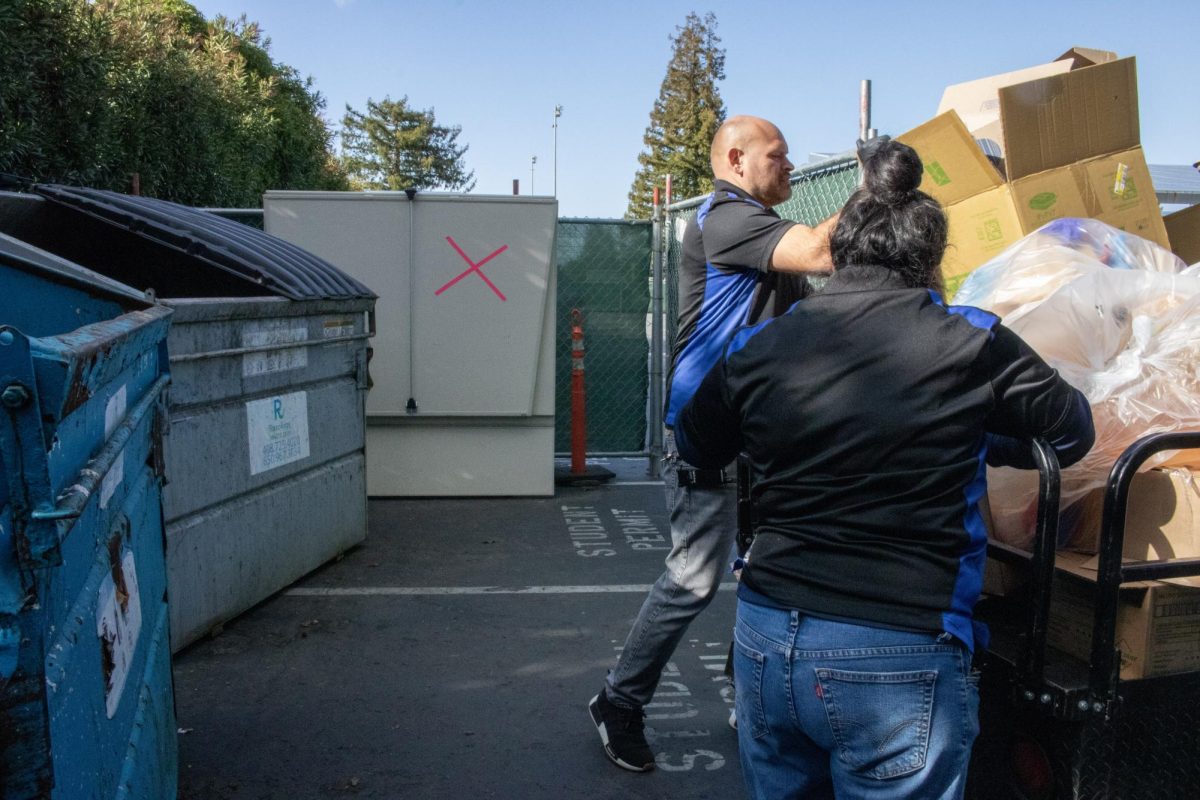
Once done, they ride side-by-side on the custodial cart, catching up on their day. As they make their way to the dumpsters across the parking lot, Bonilla mentions the traffic that morning, which turned her usual hour-and-a-half commute into a four-hour trip.
The two part ways before heading to their individual routes. Chavez makes his way to the second floor of the 700s where he’s in charge of cleaning four rooms and vacuuming the hallway. Arias handles the remaining rooms and four additional trash cans. To save time and avoid making trips to the storage room, Chavez keeps spare trash bags with him; either on hand, in the classrooms, or tucked inside the trash cans themselves.
In general, there is often something to clean. Whether it’s food left after lunch, litter in the classrooms, graffiti on the walls, or used tampons, the custodial staff has seen it all.
“It’s disappointing sometimes when things happen in the facilities areas that are supposed to be clean or organized, but for some reason, it gets trashed or vandalized,” Acosta said.
Typically, the worst part of the campus to clean is the bathrooms.
“Sometimes we walk in, and it looks like a piñata in there,” Chavez said.
While both Chavez and Acosta love their jobs, cleaning up the mess students leave when they think no one can see — for example, ketchup on the bathroom walls — is simply unpleasant.
“If you don’t have the stomach for it, the job’s not for you,” Acosta said.
Senior Abby Santos spent a portion of her summer sophomore year working with the maintenance crew, and got to experience the difficult side of janitorial work.
“We literally got on our knees and scraped gum off each and every desk on this campus,” Abby said. “That opened my eyes to how hard their job is. Many of us ignore that.”
“People don’t realize how important it is to have a campus that looks good,” Miyahara said. “We take for granted the work that our custodians and our groundskeepers do.”
The night crew stay late, well after everyone else leaves campus — until 11 p.m. they are cleaning every bathroom, classroom, and office, taking out the trash, wiping boards, dusting, polishing, and vacuuming. Finally, the facilities are locked where they will wait until Acosta comes in next morning to start all over again.
Campus impact
Maintaining a clean, organized and aesthetically pleasing campus is an important part of any institution. Though often overlooked, many staff and students appreciate the work the maintenance staff does to make learning at LAHS possible.
“The fact that students know that things will be clean and well maintained makes it easier for students and faculty to concentrate on teaching and learning,” Miyahara said.
In particular, many administrators noted the outstanding work ethic of the LAHS maintenance crew — and their willingness to show up whenever they’re needed.
“Whether it’s a five-minute notice or a day notice, they just make it happen,” Administrative Assistant Jeanine Seagraves said.
“They turn around on the dime,” Miyahara said. “They are just wonderful, supportive, very flexible, and willing to work with us.”
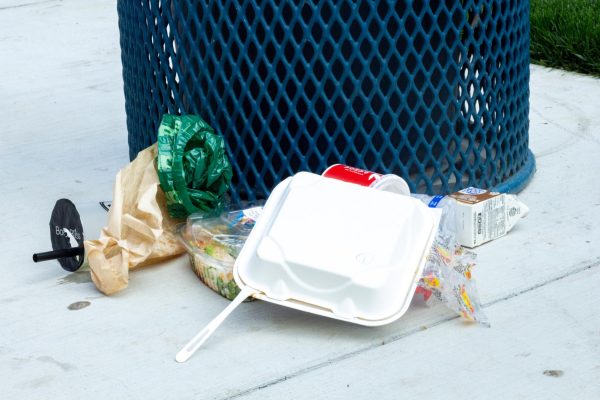
Outside of their physical work, the maintenance crew has built a strong sense of community. For many of them, the highlight of working on campus is the students. While they may not get the opportunity to interact with the entire student body, they go out of their way to connect with individual students when possible.
“They talked to us one-on-one and tried to connect with us,” Abby said. “That really helped to create that bond, even if it was just a summer thing.”
In particular, Abby remembers a moment when she and a few other students were tasked with emptying a box of LaCroix cans. Acosta offered to help, soon, they began a game of trying and comparing the different flavors. Even if small, Abby appreciated the gesture.
“I’m friends with all the custodians now,” Abby said. “I say hi, just to acknowledge what they do for our campus.”
While many students don’t intentionally leave messes, when they do, it can make the work of the maintenance crew harder — someone has to clean it up. In order to maintain a visually appealing campus, many staff encourage students to be more mindful of the physical trace they leave behind.
“I just wish that students knew how sad it makes us when we go out in the quad after lunch and we see all the garbage left,” Seagraves said. “We know who’s gonna clean it up.”
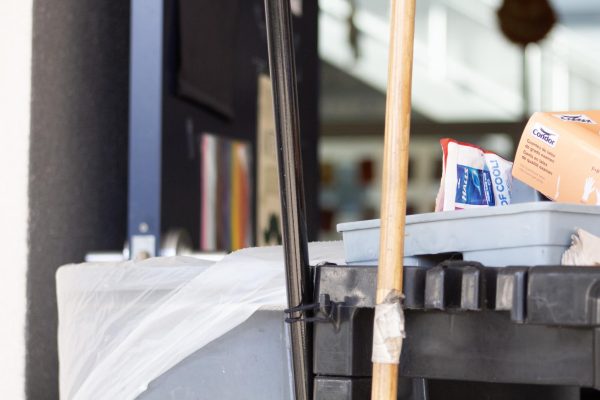
However, the maintenance team doesn’t blame students for creating additional mess — they understand it doesn’t come from a place of intentional harm.
“Sometimes, yes, they make a huge mess,” Bonilla said. “Kids are like that. They just don’t realize.”
“Most of the time when trash is left by students, it isn’t malicious,” Miyahara said. “It’s mostly students getting up and then forgetting.”
Each member of the maintenance crew that The Talon interviewed maintained the fact that they love their job and are grateful for the community that supports them. In particular, they appreciate the students who greet them in the halls.
“Sometimes students come back and they still remember me and they say hi,” Gerardo Ortega said.
“I love seeing the faces of the kids,” Bonilla said. “Sometimes they say thank you. I feel they recognize what we do. I feel appreciative.”
Get to know their stories
Adriana Bonilla
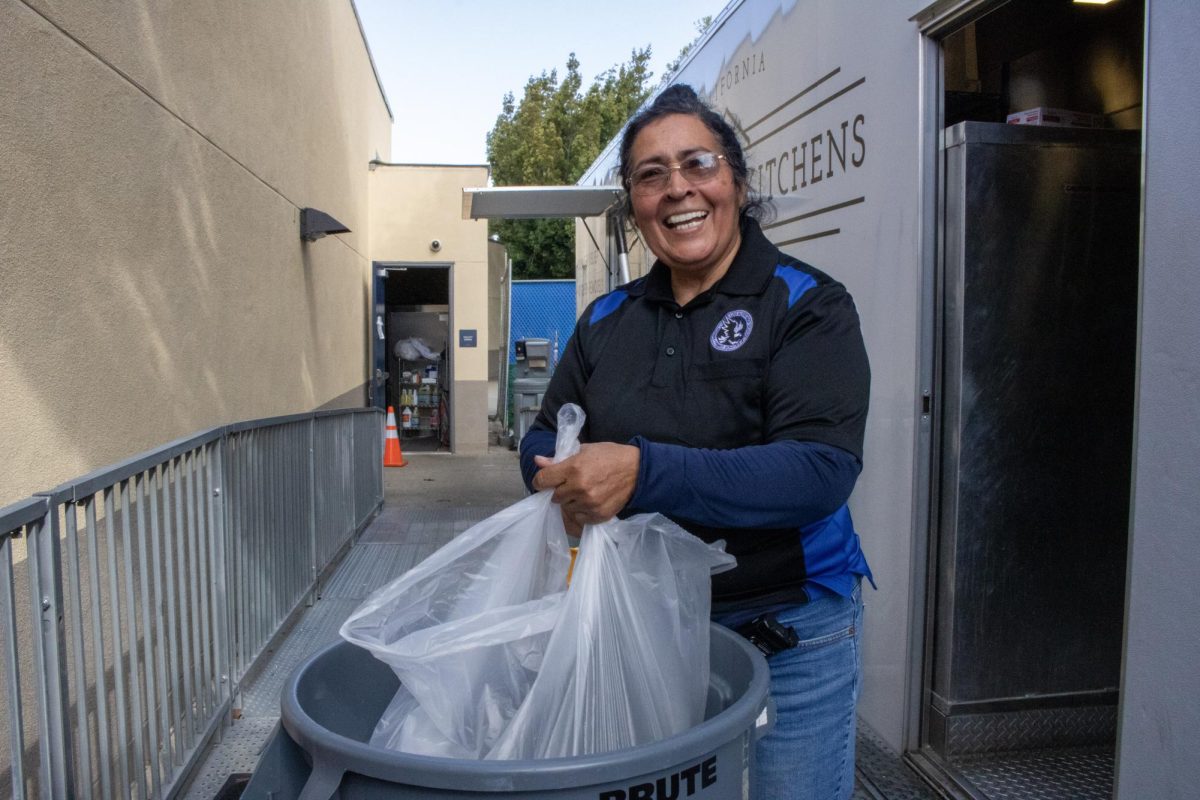
Working at LAHS for seventeen years, Bonilla has watched countless students grow up before her.
“I see all the graduations,” Bonilla said. “New students come and I feel sad when they’re gone, because it’s like your family. They ask for something, I’m glad to help them. I love working here.”
Before Bonilla started in 2008, she was self-employed as a housekeeper. Finding a position at LAHS gave her long-term job security she didn’t have before.
“We work hard everywhere,” Bonilla said. “It’s better to do it in a good place. I feel like this is a good place.”
Bonilla was born in El Salvador, where she spent most of her life. There weren’t many educational opportunities, so at 16 Bonilla left her family of 11 to go work for another one — cooking, cleaning and caring for the family’s children. Three years later, she got married and started a family of her own.
“I was told ‘Don’t waste your time at school’,” Bonilla said. “You need to work. It’s either school or work.”
Bonilla then came to a crossroads: at 44, she divorced her husband and started a new life for her and her four daughters. In order to provide them with a future, Bonilla sought work in America. When she moved to California, she stayed with her former sister-in-law who taught her how to navigate the unfamiliar environment.
“She taught me little things,” Bonilla said. “How it is here, how we work here, because it’s different — even if we’re doing the same kind of job, it’s different. Then I found good friends too.”
Bonilla remembers the difficulties of not just being in a new country whose language she didn’t speak, but being without her daughters— the youngest of which was eight when she left. Whatever money she made, she sent back to them.
“What I did was worth it because now they’re okay,” Bonilla said.
For four years, Bonilla went to night school in San Jose to learn English after work.
“I wanted to learn at least one word, one sentence a day,” Bonilla said. “I was trying hard to learn and now it’s paid off.”
Nearly 30 years later Bonilla is a grandmother of seven. Outside of work, she enjoys spending time with her family, playing with and cooking for her grandchildren.
Bonilla finds no reason to visit El Salvador, as her parents and ex-husband have passed on and many of her siblings live in the States. She is content with her life, but at her age, she does think of retirement.
“I feel strong and healthy,” Bonilla said. “I have to retire, but I hope not soon.”
Bonilla expressed her love for the job and the community she’s created at LAHS. You can find her in the 900s in the afternoons, always with a smile on her face.
“I feel like this is my home,” Bonilla said.
The Ortega brothers
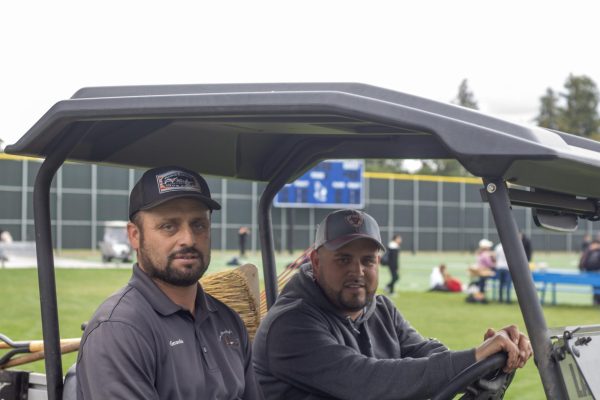
This year is dynamic brother duo Gerardo Ortega and Hector Ortega’s first working together as groundskeepers. While both have worked at LAHS for many years, Hector used to be a custodian. Hector said the shift has been a positive one: not only does he enjoy working with his brother, but he likes the change of scenery.
“It’s different,” Hector said. “It’s mostly quiet inside, so I like to be outside the classrooms.“
Gerardo and Hector were born and grew up in Guanajuato, Mexico. In 1999, when Hector was 12, he and his mother moved to California to join their father who was working there. The following year, Gerardo joined them. It was a challenge to start school when they moved, as neither spoke English.
“It was really hard,” Hector said. “But we tried our best to learn.”
After graduating high school, Gerardo worked as a landscaper and Hector worked in construction until they found positions at LAHS. During the pandemic, they were still on campus every day.
“We were here but it was a challenge,” Hector said. “No one was on campus, but they kept us busy.”
After 20 years, Gerardo’s favorite moments on the job are his interactions with students.
“I talk to them in a friendly way,” Gerardo said. “Sometimes they come back and they still remember me — they come back and say hi.”
Hector, on the other hand, says he has too many to pick just one.
Gerardo and Hector’s father has since retired and moved back to Mexico. The brothers go back often to show their kids where they grew up — a cherished annual trip.
“This is my home,” Gerardo said. “You can have both, but my kids were born here, so I think this is gonna be my home for a couple more years.”
The work they do every day is for their families, to give their kids opportunities they never had.
“We’re looking for a better future for our kids,” Hector said.
David Arias
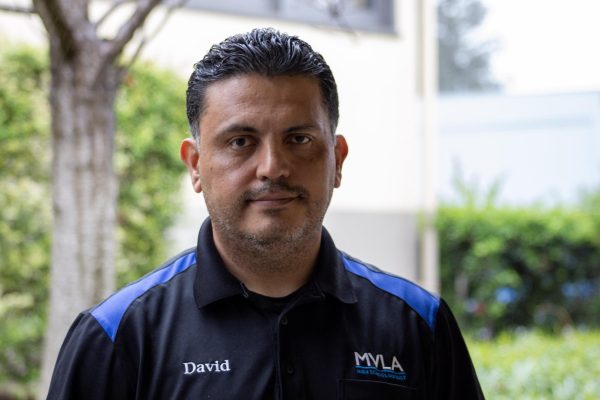
Arias has worked at LAHS since 2021. In the past four years, he looks to his family as his source of motivation.
“I always think of my kids to make the right decision,” Arias said. “I take care of whatever is needed for the students here.”
Arias remembers being excited walking into his interview in June 2021. He was almost sure he had been hired, but to his dismay, he discovered they picked someone else.
“A month later, the HR people called me back and asked if I still wanted to work here,” Arias said. “I never expected that to happen, because I thought it was over. That was my most special moment.”
Cesar Vargas
Vargas has worked at LAHS since 2021. His previous experience is expansive — past his first job as a driver, Vargas has worked as a custodian at schools in Palo Alto, Mountain View, Sunnyvale, San Mateo, and at Stanford Hospital. When he found his way to LAHS, he began part-time, but needed more reliable work.
“The day before I was going to quit, Mr. Rosenberg came to talk to me. I was in room 409, I was vacuuming when he said, ‘Sir, do you want to work full-time?’ He offered me a full-time position!” Vargas said. “I felt really good, because without that, I would have quit the next day.”
Martin Acosta
After working at LAHS for 27 years, Acosta’s campus roots go deeper than most. For many staff and students on campus, he is a staple of the LAHS community.
“Most days, Martin is the first person I see in the morning,” Assessment Coordinator Christina Sabin said. “He is such a kind soul, and his work ethic is insane. He just goes and goes and goes.”
While performing the same tasks every day may get repetitive, Acosta finds satisfaction in his attention to detail.
“I’m really careful with my performance,” Acosta said. “That’s my pride.”
David Chavez
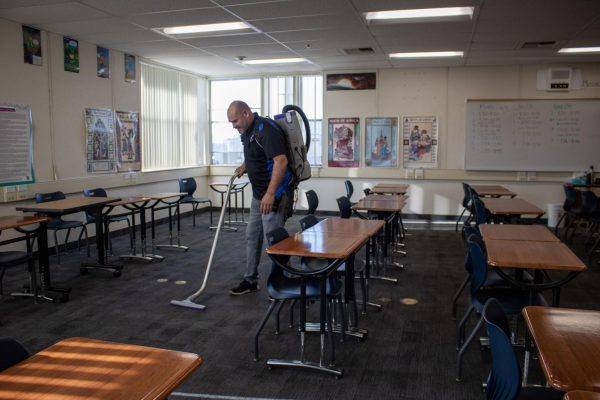
For the past 8 years, Chavez has made an impact supporting the community, and as lead custodian, setting an example for his team.
“I’m usually here pretty late during AP testing in the spring,” Sabin said. “I got to know [Chavez] really well, and he’s such a great leader. I appreciate his work ethic here on campus.”
Chavez goes out of his way to help others, no matter what he’s doing.
“Even if I’m busy, I’ll make space for it,” Chavez said. “I’m not a person who will say no. I’ll always say yes.”




